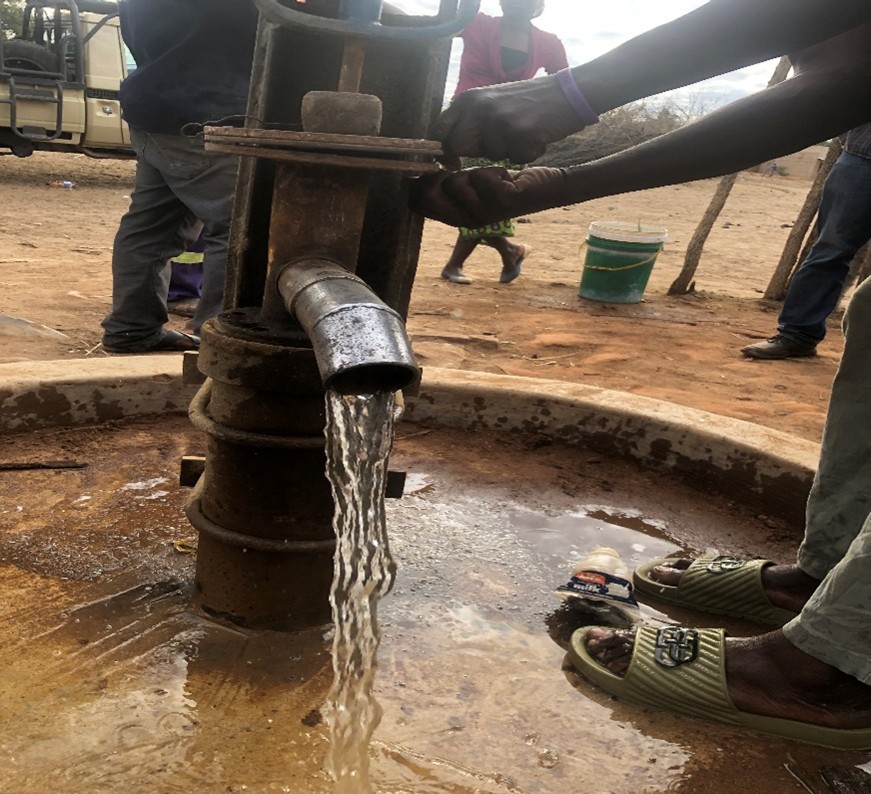Technology and innovation to create digital platforms that are accessible and tailored to local needs
Koh Tao, Better Together and Krungthai Bank
Krungthai Bank
Krungthai Bank (KTB), a key partner in the "Koh Tao Better Together" crowdfunding campaign, developed an easy-to-use electronic donation platform integrated with the Thai tax system. The bank's innovation lab offered to create the e-donation platform. Through a QR code, Thai citizens were able to donate to the account "Raks Thai Foundation, UNDP and Krungthai Love Koh Tao" in a quick, transparent, and verifiable way. The platform allows Thai donors to automatically send their donation information to the Revenue Department for tax deduction. Moreover, UNDP designed another e-donation platform for international donors.
KTB acted as the initial donor of the campaign, contributing 30% of the fundraising target. Furthermore, the bank committed to covering the remaining donations if the target was not met, which proved unnecessary thanks to the success of the e-donation platform.
Additionally, KTB trained boat drivers on how to access the bank's existing digital financial services. These include Krungthai NEXT — an e-banking app with multiple functionalities for directly managing personal finances —, and Krungthai Connext — a free notification system via the LINE messaging app that provides real-time updates on financial transactions.
The key enabling factor is the establishment of effective public-private partnerships to leverage the expertise of each stakeholder in addressing a common issue. By uniting BIOFIN's financial expertise, KTB's innovation, Raks Thai Foundation's experience in engaging local communities, and the government's role in overseeing financial services, it was possible to develop and disseminate an appropriate e-donation platform.
Another relevant condition is effective communication strategies to increase public awareness of, and access to, the e-donation platform.
It is imperative to promote multisector engagement in order to solve today's pressing issues. In a scenario that global and local challenges are multidisciplinary by nature — from financial constraints amid a global health crisis to biodiversity degradation associated with tourism —, working across silos enables to effectively and quickly address the many components of an issue, catalyze positive outcomes, and increase support to the solution.
Moreover, it is crucial to develop solutions that reflect recent advancements in innovation and digitalization. When well-designed, digital tools have the potential to exponentially increase the number of impacted individuals (i.e., surpassing the fundraising target) and simplify processes (i.e., connecting the e-donation platform with the tax system). Equal importance must be given to the training of locals on these digital tools, enabling just and equitable access.
